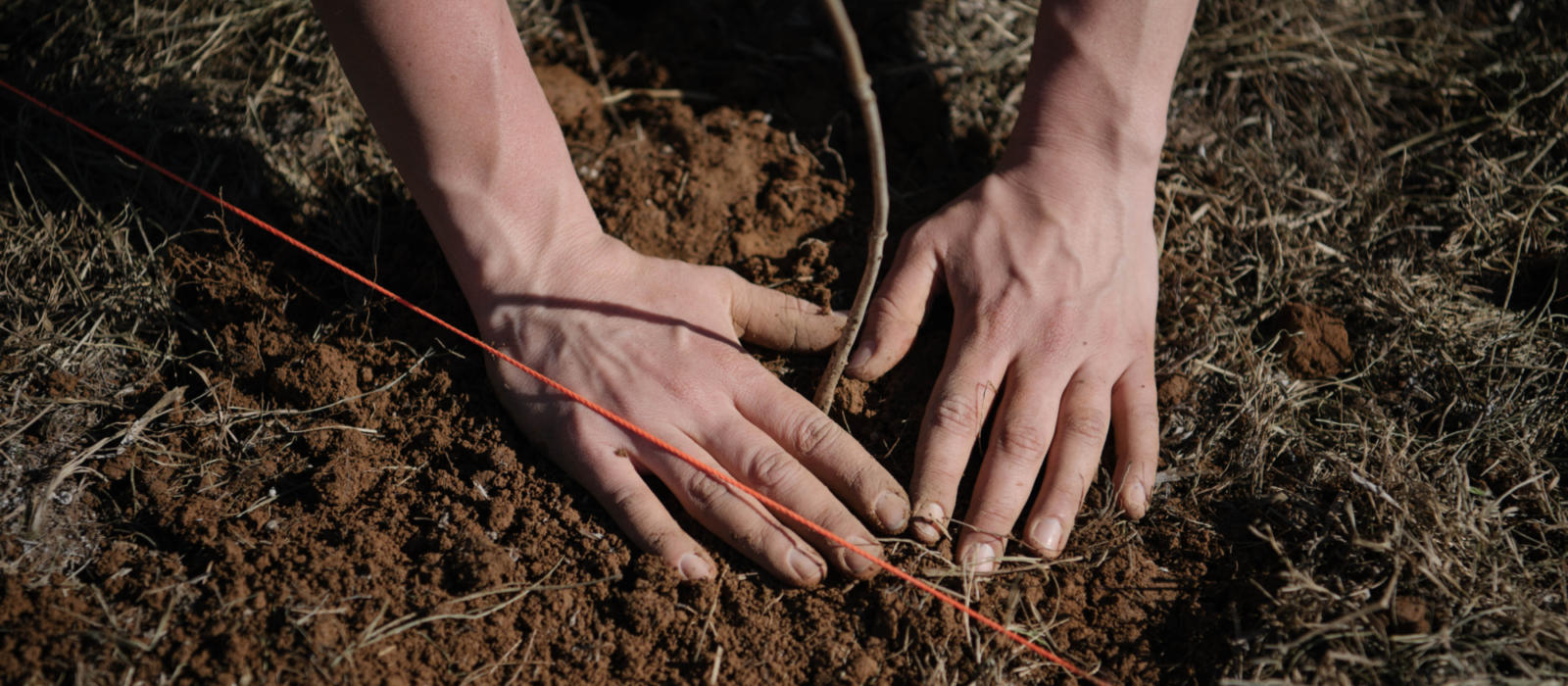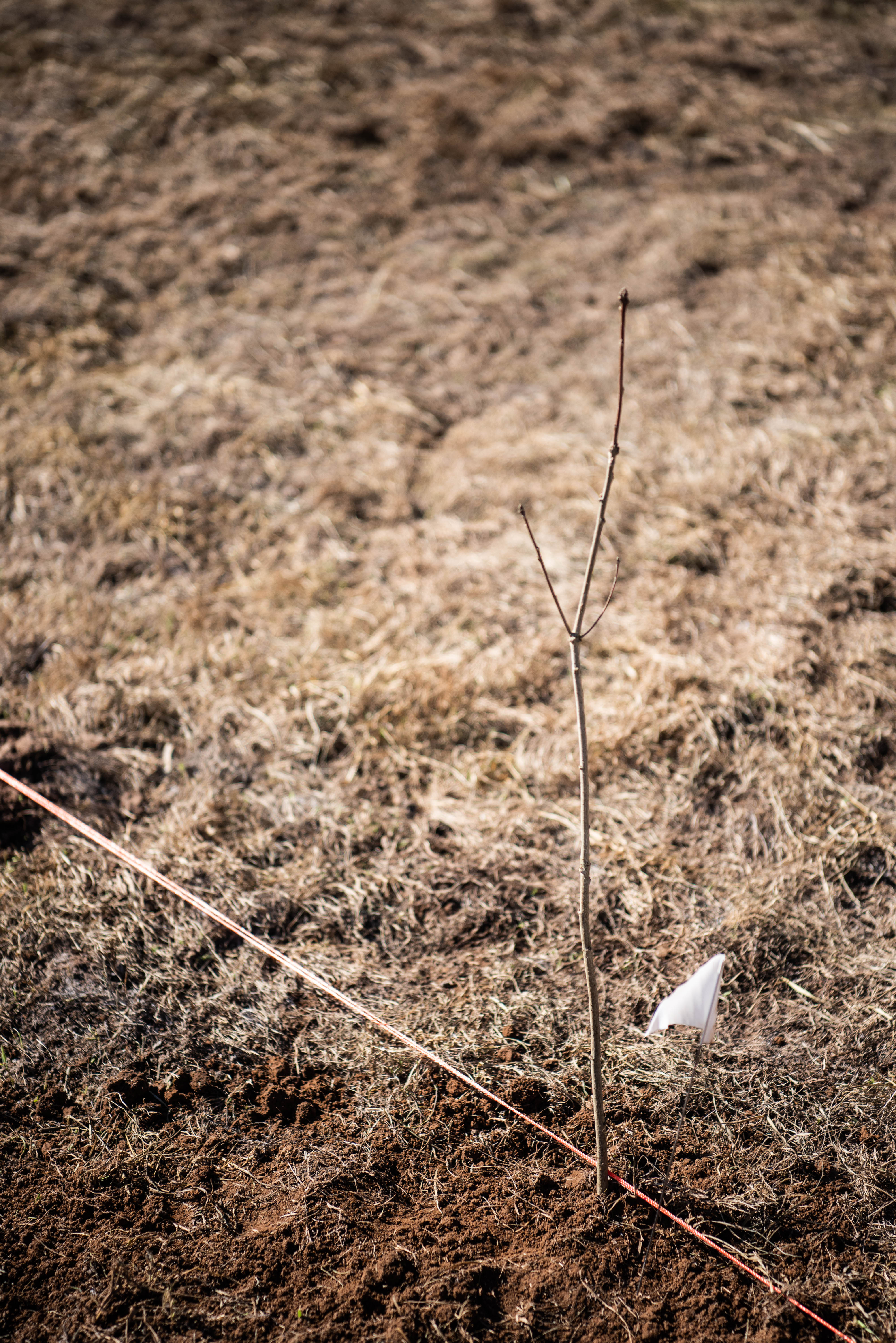Story
Trying for Truffles

On February 23, 2021, we began an exciting project that’s been years in the making and will be ongoing for years to come. It’s been a longtime dream of the Blackberry family to naturally cultivate truffles in East Tennessee. It’s an involved process, and a long commitment, but we are thrilled to be underway.
In February, we planted 90 oak trees in a new orchard. The roots of those oak trees are inoculated with two species of truffles – 37 trees with Tuber Melanosporum, often called black truffle or Périgord truffle, and 43 trees with Tuber Aestivum, known as the summer truffle or burgundy truffle.
For best growing conditions, the black truffle wants sunlight to hit the ground, so those trees are planted farther apart to allow the sun to reach the ground around them. The burgundy truffle, though, wants more shade. So, those 43 trees are planted a bit closer together to create a natural shade barrier. To help cultivate truffles, you need about a 100 feet between your orchard trees and other trees so the truffle spores you’re hoping will grow aren’t disrupted by any fungi that may be naturally occurring on other trees in the region. They need space to prosper!
Planting the orchard kicks things off, but now it will be a slow and patient process to see if our experiment works. Farmstead Manager Dustin Busby estimates that it will be at least six years until we know if the truffles will grow. But it’s not a new concept to the Farm that great things take time, and he’s enjoying the learning process and the small, involved details along the way.
Part of the process will be supplementing water if there is not enough natural rainfall. If the trees don’t get regular water, the roots will grow deep to naturally find water in the ground. Since the roots are where the truffles will grow from, we want to encourage the roots to stay shallow, ensuring that if we yield truffles, they won’t be buried far underground. Receiving regular water, the roots will stay closer to the surface – and that’s where our truffles will [hopefully!] grow.
We are optimistic and excited to see what this experiment yields. In a few years, we hope to have our Lagotto Romagnolos out in the orchard using their powerful sense of smell to help us discover if we’ve succeeded. For now, it’s a waiting game.

